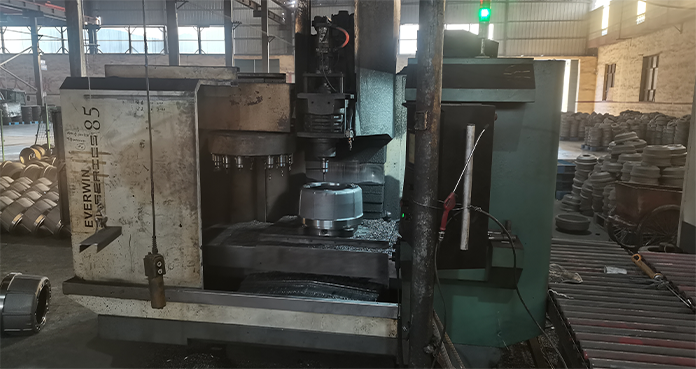Nov . 25, 2024 11:27 Back to list
when to replace brake drums and shoes
When to Replace Brake Drums and Shoes
Brake systems are integral to any vehicle, ensuring safety and control. Among the crucial components of this system are brake drums and shoes, which are particularly prevalent in drum brake systems. Understanding when to replace these components can save you money, enhance vehicle performance, and above all, ensure your safety on the road.
Understanding Brake Drums and Shoes
Brake drums are cylindrical components that house the brake shoes. When you press the brake pedal, the brake shoes are forced outward against the inner surface of the drum, creating friction that slows down or stops the vehicle. Over time, wear and tear can affect the efficiency of this mechanism, making it necessary to replace either the drums, the shoes, or both.
Signs of Wear
One of the primary indicators that it’s time to replace brake drums and shoes is the presence of unusual noises. If you hear a squealing, grinding, or growling sound when braking, it could indicate that the brake shoes are worn down and no longer properly engaging with the drum. Additionally, if the vehicle pulls to one side when braking, it may signify uneven wear of the brake components or an issue with the drums.
Vibration during braking can also be a sign of problems. If you experience a pulsating sensation in the brake pedal, the drums might be warped or unevenly worn. Furthermore, frequent adjustments to the brake system may indicate that it’s time for replacement. Regularly needing to adjust the brake shoes can suggest that they are no longer properly wearing in or that the drums have become too worn.
Visual Inspection and Thickness Check
when to replace brake drums and shoes

Another effective method to determine whether brake shoes and drums need to be replaced is through visual inspection. Look for cracks, discoloration, or significant wear lines on the drums. Brake shoes should also be inspected alongside the drums; if the friction material is thinner than 3 millimeters, it’s time for a replacement.
It's essential to measure the thickness of the drum itself. Most manufacturers provide specifications for the minimum allowable thickness, and exceeding this wear limit can compromise braking performance. If the drum is too thin, it can warp more easily, leading to reduced efficiency and increased repair costs.
Manufacturer Recommendations
Consulting your vehicle's owner manual is a practical way to know when to replace your brake components. Most manufacturers provide guidelines on maintenance intervals for brake drums and shoes, typically suggesting to inspect them around 20,000 to 30,000 miles. However, driving conditions can significantly influence wear and tear. For instance, frequent stop-and-go traffic, hilly terrains, or towing heavy loads can lead to faster deterioration.
Professional Inspection
If you notice any of the signs mentioned or if you are approaching the recommended maintenance interval, it’s wise to have your braking system inspected by a professional. A certified mechanic can provide a thorough assessment and recommend whether to replace the shoes, drums, or both.
In conclusion, being proactive about the maintenance of your brake drums and shoes can prevent larger issues down the road. By recognizing the signs of wear, performing regular inspections, adhering to manufacturer recommendations, and seeking professional help when necessary, you can ensure that your vehicle remains safe, efficient, and a pleasure to drive. Prioritizing brake maintenance is not simply about prolonging the life of components—it's about safeguarding your life and those of others on the road.
-
HINO Industrial Solutions - ¡Ң���ຽ��е��������˾ | Advanced Efficiency&Customization
NewsJul.13,2025
-
HINO Industrial Efficiency Solutions - ¡Ң���ຽ��е��������˾
NewsJul.13,2025
-
HINO Industrial Solutions - ¡Ң���ຽ��е��������˾ | Advanced Technology&Reliability
NewsJul.13,2025
-
HINO Industrial Efficiency-Jiangsu Hino Industrial|Productivity Optimization&Cost Reduction
NewsJul.12,2025
-
HINO-¡Ң���ຽ��е��������˾|Advanced Industrial Solutions&Energy Efficiency
NewsJul.12,2025
-
Premium Brake Drum Iveco – Durable Drum Brake Drum & Brake Shoe Solutions
NewsJul.08,2025
